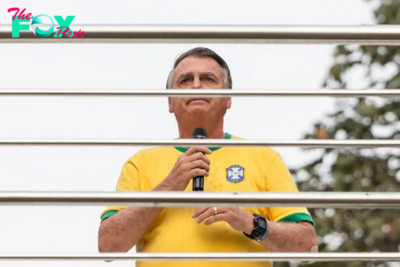World News
How Autocrats Weaponize Chaos
The confluence of multiplying political, economic, and social crises has made the military acronym VUCA (volatility, uncertainty, complexity, and ambiguity) feel like a perfect description of the third decade of the third millennium. The acronym was used at the Army War College in the late 1980s to describe a world that was more unpredictable than the bipolar one of the Cold War-era, but it has come to feel increasingly resonant today, as one emergency cascades into another, amplifying the perils of an ever more interconnected globe.
On top of the looming disaster of climate change, there are escalating threats to democracy at home and abroad, high-stakes wars in Ukraine and Gaza, surging populist anger at governments and institutions, and a tidal wave of fake news and disinformation that will rise to tsunami levels with the expanding use of AI. Many of these threats, as we’ll see, are connected with one another in a kind of doom loop: chaos and discontent also enable authoritarian-minded leaders who foment further havoc in cementing and justifying their hold on power.
According to a 2024 Pew survey, such power grabs are endorsed by a growing sector of the population. The study found that “a median of 31% across 24 nations are supportive of authoritarian systems,” including an astonishing 38% of Americans under the age of 30.

Rapid technological developments and globalization have accelerated many of the discontinuities we are experiencing today, but hinge moments throughout history have been marked by instability and tumult, as old frameworks for explaining or managing the world begin to break down in the face of snowballing change, and give way to what the historian Thomas S. Kuhn referred to as “paradigm shifts.”
In 1930, while imprisoned by Mussolini’s fascist regime, the Italian philosopher Antonio Gramsci observed that “the crisis consists precisely in the fact that the old is dying and the new cannot be born; in this interregnum a great variety of morbid symptoms appear.” The world he was writing about had just plunged into the Great Depression; the Far Right was on the rise in Europe; the Communist Party had taken a hard turn toward totalitarianism; and in Germany, an underestimated rabble-rouser named Adolf Hitler had made the Nazi Party a powerful new force in politics. Increasingly extreme political views, growing polarization, violence in the streets, and the decay of traditional institutions: these were among the “morbid symptoms” Gramsci saw developing in response to the social and economic discontents that had multiplied in the wake of World War I and the Depression.
Similar dynamics are at work today. Many members of the working and middle classes never really recovered from the financial crash of 2008, and the COVID-19 pandemic would further magnify anger over mounting inequalities of income and opportunity, and rising costs of living. These grievances, combined with concerns about immigration and cultural identity, have fueled the rise of rightwing nationalism in Europe and the United States, and an alarming tilt towards authoritarianism in countries like Hungary, Turkey, and India.
A 2024 report from Freedom House found that “global freedom declined for the 18th consecutive year in 2023”: “the scope and scale of deterioration were extensive, affecting one-fifth of the world’s population. Almost everywhere, the downturn in rights was driven by attacks on pluralism—the peaceful coexistence of people with different political ideas, religions, or ethnic identities—that harmed elections and sowed violence.”
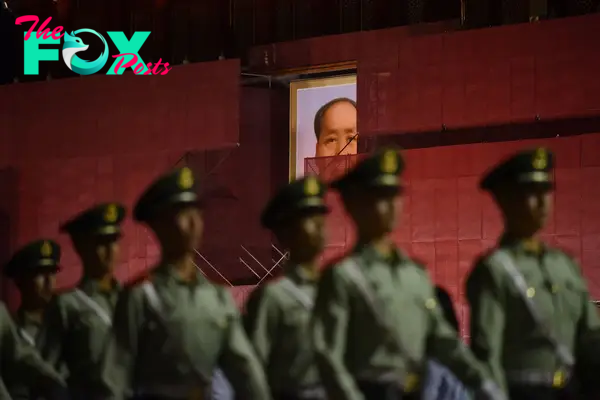
The reasons for these troubling developments? Given partisan gridlock in Congress and often hog-tied coalition governments in Europe, frustrations with democratic governments are on the rise—as is hostility towards institutions, elites and the status quo that has been brewing for decades. In such unstable environments, would-be autocrats appeal to voters’ fears and grievances by suggesting that they can make the trains (and everything else) run on time by cutting through bureaucracy and red tape and dispensing with democratic safeguards. This, despite ample historical evidence that dictatorial leaders tend to preside over notoriously ineffective regimes. As the historian Ruth Ben-Ghiat observes in her illuminating book Strongmen: Mussolini to the Present, authoritarian regimes are often hobbled by corruption, personal agendas, a mistrust of expertise, and “divide and rule” strategies designed to prevent the emergence of political rivals.
In fact, autocrats throughout history have understood, as the Joker put it in The Dark Knight, that if you "introduce a little anarchy” and upset the established order, “everything becomes chaos.” And they always find ways to weaponize that chaos to serve their own ends. The way, say, that Chinese Communist Leader Mao Zedong unleashed the calamitous social and political chaos of the Cultural Revolution to destroy his enemies and reassert his own control over the Communist Party.
During unsettled times, strongman candidates also boost their popularity by invoking nostalgia for a vanished past, while depicting the present in dark, dystopian terms as an era in need of a savior. In a 2016 biography, the scholar Volker Ullrich noted that Hitler began his rise to power by promising “to lead Germany to a new era of national greatness,” and his supporters believed that their country, which was still reeling from the fallout of World War I, needed “a man of iron” who could shake things up.
As for Donald Trump—who frequently praises dictators like Vladimir Putin, Kim Jong Un, and Rodrigo Duterte—he asserts that he’s “the only thing standing between the American Dream and total anarchy, madness and chaos.”
This, of course, is yet another case of Trump projecting his own liabilities onto others. After all, it’s Trump himself, who is the chaos candidate, as former Republican opponents like Nikki Haley and Jeb Bush have pointed out. Chaos trails after Trump like a permanent shadow—the direct result of his contempt for the Constitution and the rule of law; his zeal to undermine government institutions meant to protect civil liberties; and his eagerness to overturn the post-World War II order by assailing NATO and longtime allies, even as he cozies up to Putin’s Russia.
Trump is a chaos monster because of his impulsivity and willful ignorance of policy and history, but, at the same time, he uses chaos as a potent tool of disruption. Like many dictators and would be autocrats before him, Trump consciously or unconsciously recognizes that confusion and mayhem create a fertile petri dish in which fear and anger thrive—the perfect environment in which a demagogue, practiced in the art of propaganda, can rise to power and persuade followers to support policies that defy common decency and common sense, not to mention their own self interest.
Turbulent, rapidly changing times produce a lot of atomized, isolated people, Hannah Arendt observed in her 1951 classic study “The Origins of Totalitarianism,” and can make them susceptible to mass movements like Nazism and Communism, which offer them a sense of belonging. At the same time, such movements serve up simple, consistent storylines that give followers an easy way to navigate an increasingly chaotic world—storylines complete with enemies, scapegoats, and a heroic role for people like themselves. Never mind that such narratives are compendiums of lies, conspiracy theories and invective: indoctrinated followers develop what Arendt calls a “contempt for factuality” and reality, repudiating even evidence witnessed by their own “eyes and ears.”
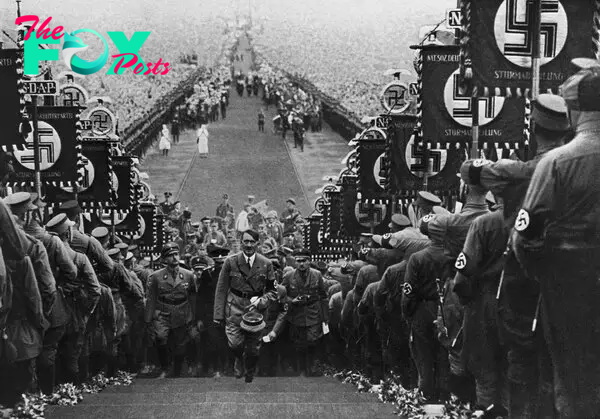
Nazi and Communist propaganda were both rooted in their leaders’ own instinct for shameless lying. Hitler biographer Volker Ullrich describes his “bottomless mendacity” and Lenin biographer Victor Sebestyen describes him as “the godfather of what commentators a century after his time call ‘post-truth Politics’,” promising “people anything and everything” and offering “simple solutions to complex problems.”
To amplify their lies, autocratic regimes often employ the latest technology of the day. Mussolini pioneered the use of film as a vector for spreading propaganda. And the Nazis used radio, as Ben-Ghiat observes, “to build the Hitler cult, weaken class and regional identities, and acclimate Germans to ideas of persecuting state enemies”—they even installed radios in markets and workplaces, and subsidized affordable radio receivers to guarantee the widest possible audience.
In recent years, Putin’s Russia has utilized the Internet to develop a new form of propaganda that weaponizes the chaos of data that envelops us in the digital age. It’s a method of propaganda that the Rand Corporation calls “the firehose of falsehood,” and it’s meant to overwhelm audiences with a relentless flood of disinformation, partial truths, random facts and social media speculation, mixed in a toxic sludge that induces exhaustion and cynicism in people. It tempts people to believe that all truths are relative, that all politicians are corrupt, and that they’d be better off focusing on their private lives instead of issues in the public square.
Not only has Russia exported its firehose strategy abroad in efforts to destabilize elections in the West, but Trump and MAGA-Republicans have adopted it as their go-to strategy for normalizing lies and conspiracy theories in the United States. They used it in the 2016 election, in 2020, and now, again, in 2024, and its volume is only going to increase as more and more trolls and bots start using AI generated deepfake videos and images.
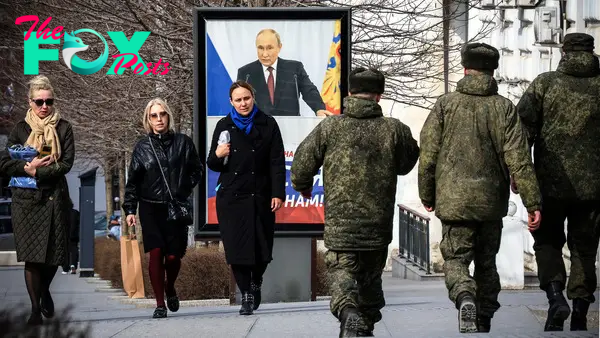
Governments and Businesses are beginning to realize that they need to implement safeguards against the deluge of misinformation that is subverting democracy, public discourse, and the very idea of truth. In 2023, the EU adopted rules that will require big tech companies like Facebook and YouTube to curtail the spread of misinformation on their platforms or face substantial fines and in early 2024, Google announced it would start an anti-misinformation ad campaign in five EU countries, ahead of European Parliamentary elections.
Such measures are unlikely to be successful, however, without countries also making media literacy programs (teaching people how to spot fake news, how to evaluate news sources, how to find evidence-based research) an essential part of Educational curriculums, along with basic lessons in History and civics. Already, more and more people around the world seem to be embracing conspiracy theories and preposterous speculation as part of daily life—just witness the theories that exploded online in reaction to Kate Middleton’s time off from her royal duties following surgery.
Once again, Hannah Arendt’s observations, written in the wake of World War II, seem especially apt: “In an ever-changing, incomprehensible world the masses had reached the point where they would, at the same time, believe everything and nothing, think that everything was possible and that nothing was true.”
-

 World News17h ago
World News17h agoWorld’s Best Brands – Brazil
-

 World News1d ago
World News1d agoWorld’s Best Brands – India
-

 World News1d ago
World News1d agoInternational Criminal Court Issues Arrest Warrants for Netanyahu and Hamas Commander
-

 World News2d ago
World News2d agoLandmark Bill to Ban Children From Social Media Introduced in Australia’s Parliament
-

 World News2d ago
World News2d agoAmerican and Australian Tourists Die in Laos After Drinking Tainted Alcohol
-

 World News2d ago
World News2d agoSee Photos of the Seventh Volcanic Eruption on Iceland’s Reykjanes Peninsula in 12 Months
-
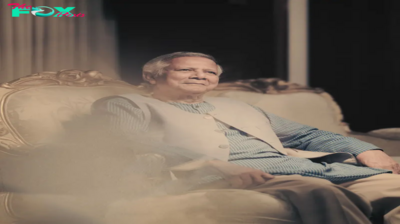
 World News2d ago
World News2d agoMuhammad Yunus on the Race to Build Bangladesh 2.0
-

 World News2d ago
World News2d agoU.S. Charges Indian Billionaire Gautam Adani With Defrauding Investors


